Our time in Maastricht was an exciting one that included a fantastic tour of Fort St. Pieter. What I didn’t share previously was that this ticket venture also included the North Caves. Inside are 20,000 tunnels, man made and still standing strong. They consist of limestone and used to build the structures that made up young Maastricht. Today were are around 8,000 of these tunnels that still stand. They are a chilling reminder of what the past was and where the future can take us.
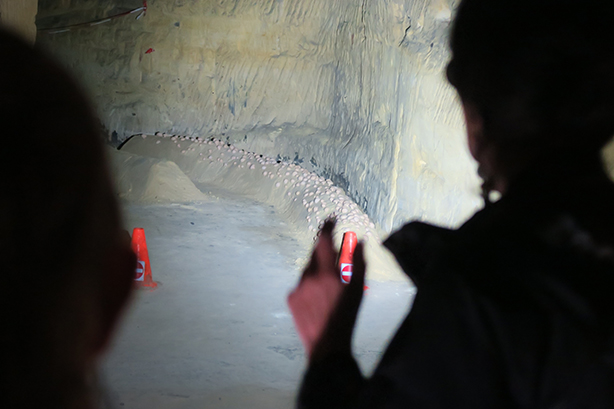
Dark and damp
If you can believe it, underground farming is a thing. As we toured, we found locations planted crops. I can’t remember for the life of me what the green vegetables were but mushrooms were also common.

Underground art exhibit
Limestone was a valuable crafting commodity. It’s strong and easy (well easier than most other rocks) to harvest. Cutting limestone was a difficult yet popular job. To pass the time, some artists used the walls to depict history or even stories from the bible. It was difficult to date these masterpieces but they were all in charcoal. The dampness of the air around us kept the sketches well preserved. Our tour guide told us that a sheet of paper would be soaking wet if left unattended for too long. This is how high the humidity was.
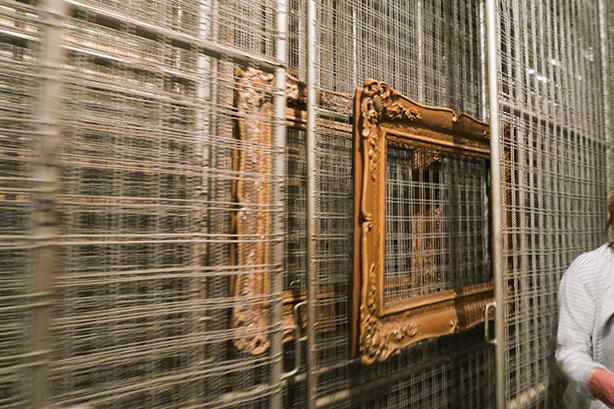
Protective forces
What made the trip worthwhile for me was the hidden fact that this location played an important role in WWII. During those years, Hitler was on a mission to steal and keep prized art pieces for his own private use. Nazis raided many museums and took what they could. To protect their history, many museums rose up in protest. The best they could do was to smuggle their paintings and other valuable pieces out of the city. People risked their lives to keep the art hidden in various locations. Even today there are still stories told about priceless artifacts found in random locations.
The underground vault here, hidden deep within these caves, was one of these locations. Hidden far from the entrance and in the middle of the the dark, an armed vault held pieces such as The Night Watch by Rembrandt. Rows upon rows of walls especially made for hanging a large amount of framed paintings.
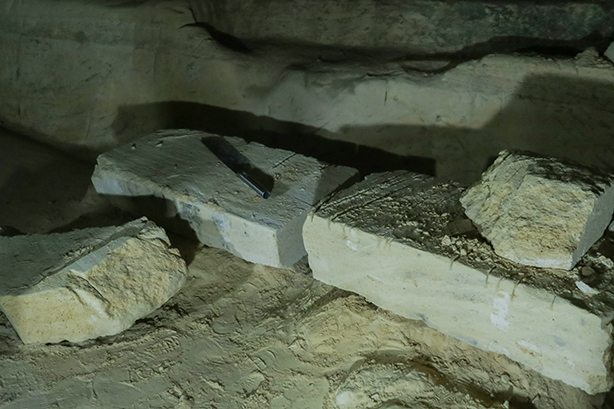
I recommend this tour for anyone interested in the rich history of Maastricht. There’s always so much to learn about the past. I kept telling Sander that this was his history. Even though his family was safe from harm, this is the legacy of the Dutch. And that Dutch blood flows strong in his veins. It’s something that he should embraced. Many risked their lives to build these tunnels. The tunnels are a huge part of history! Maastricht was built from stone and these tunnels kept Dutch art safe from harm.

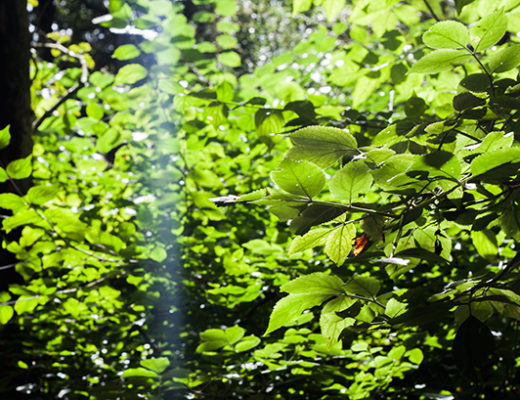
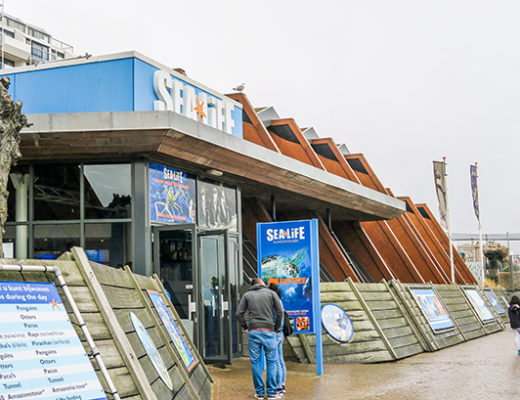
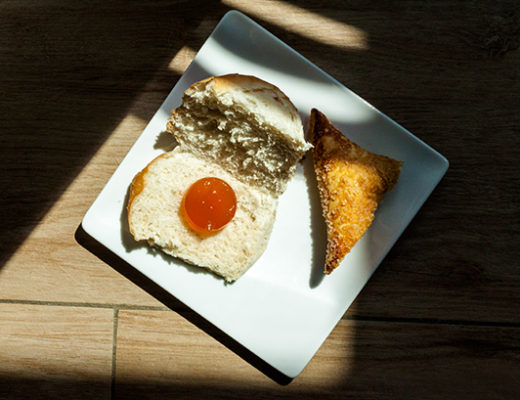
1 Comment
Maastricht Natural History Museum - A Daily Lee
June 11, 2018 at 9:01 pm[…] sparked our interest in visiting this particular museum was our trip to the caves. We learned that Maastricht was named after the Mosasaurus (according to our tour guide). She […]